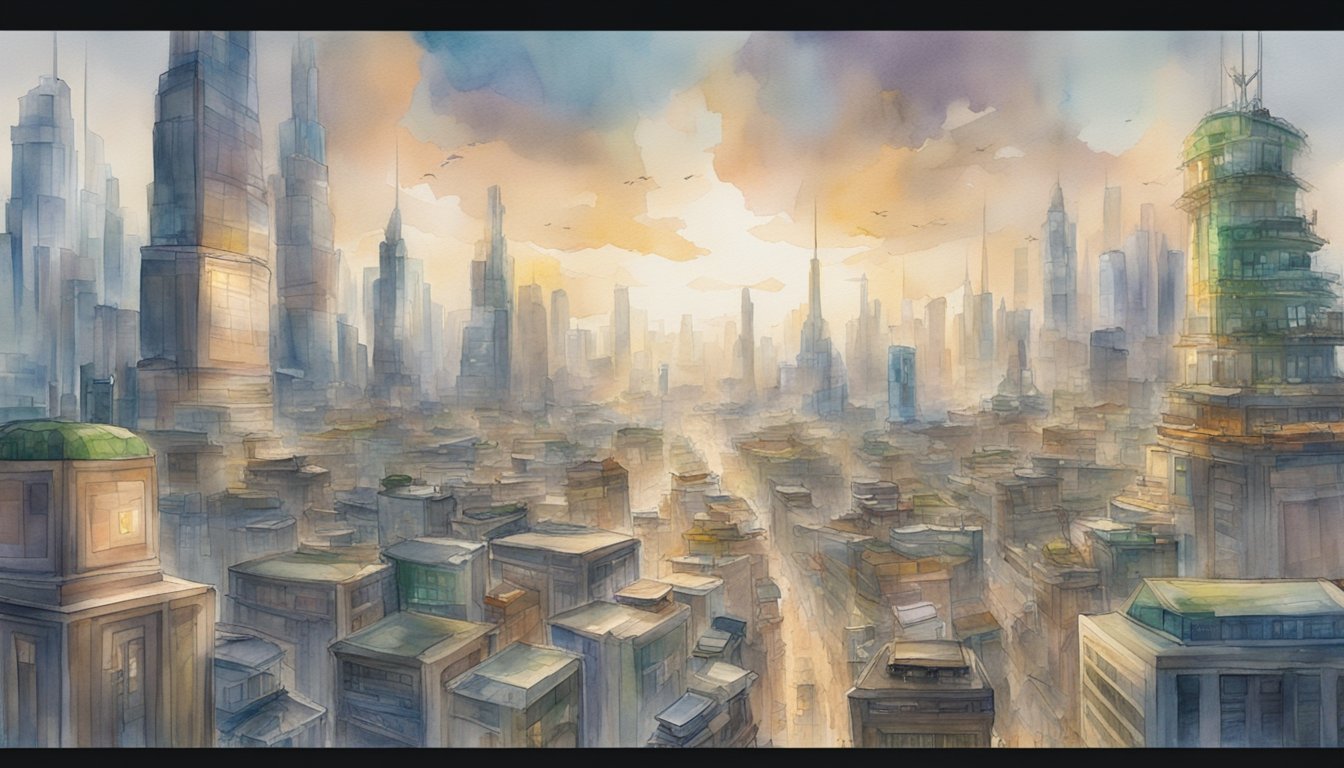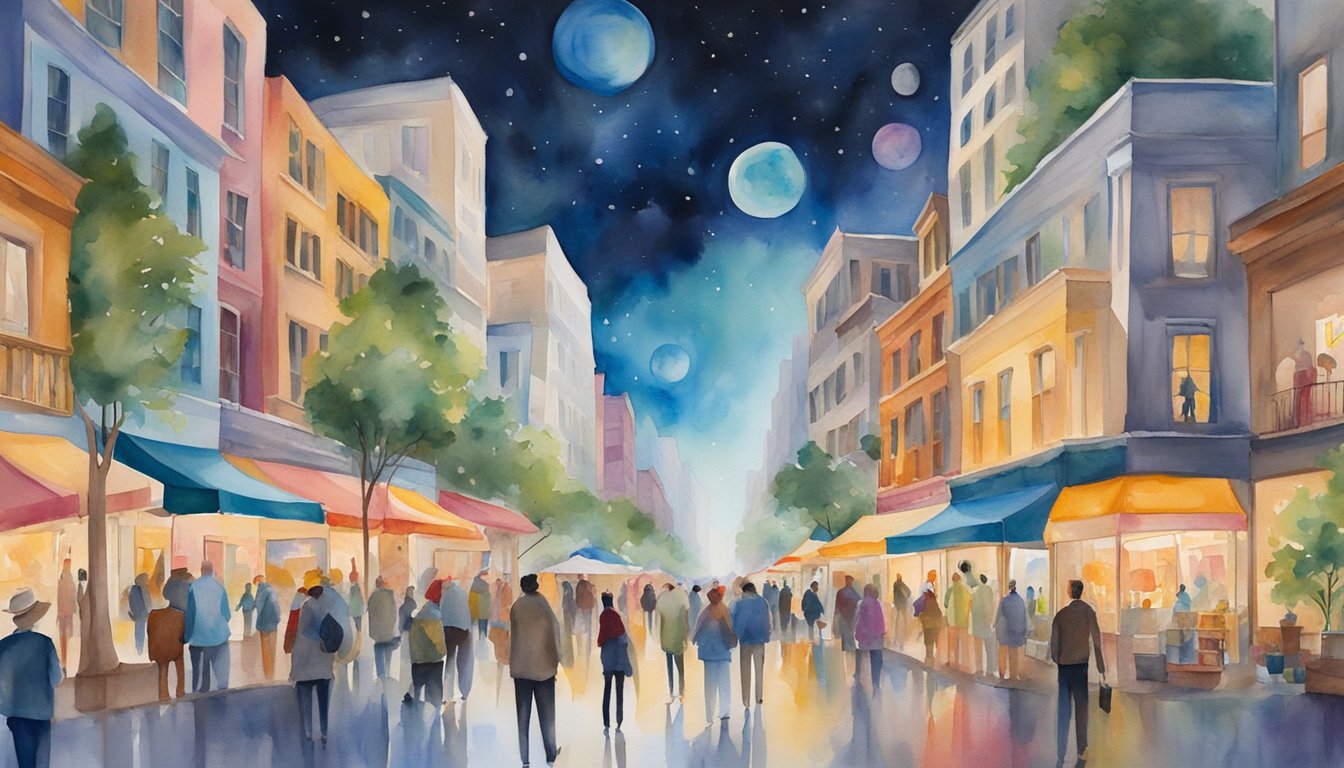The Universe 25 Experiment
In the late 1960s, an intriguing experiment aimed to examine the effects of utopia on behavior.
The Universe 25 experiment, as it became known, offered a rarely seen view into a societal collapse triggered by overpopulation and overcrowding.
Concept and Origin
The concept of Universe 25 centered on creating a mortality-inhibiting environment for mice with abundant food, shelter, and the absence of predators or disease.
The experiment aimed to observe the behavior of rodents placed in what was thought to be an ideal living condition, free from normal survival challenges.
John B. Calhoun’s Role
Ethologist John B. Calhoun spearheaded this experiment at the National Institute of Mental Health in Maryland.
Through his studies, Calhoun had developed an interest in animal behavior under crowded conditions, which led him to create the mouse paradise known as Universe 25.
Experimental Design and Habitat
The habitat designed by Calhoun was a nine-foot square metal pen with 256 living compartments accessible by ramps.
It was a rodent utopia filled with food, water, and nesting material to sustain a population of Norway rats.
This environment allowed the mice to live in a community without the threat of natural enemies and with enough resources theoretically to support significant population growth.
Societal Dynamics and Consequences

The discussion of Universe 25 involves a unique blend of science and societal implications.
This mirrors real-world complexities ranging from resource allocation to behavioral patterns in densely populated environments.
Behavioral Changes and Social Decay
As the population of Universe 25 expanded, noticeable shifts in mouse behavior highlighted issues akin to overpopulation.
The mice exhibited a phenomenon known as the behavioral sink, where typical social structures began to erode.
Indications of this included increases in aggression, disruptions of normal mating patterns, and a surge in juvenile delinquents.
These changes stirred overpopulation concerns and the potential for societal collapse due to stress from excessive social interaction.
Population Control and Collapse
Universe 25’s experiment was marked by a phase where the population grew uncontrollably, leading to overcrowding, before experiencing a severe collapse.
Factors contributing to this included a breakdown in social organization and courtship rituals, leading to a decline in breeding pairs.
The once harmonious social bonds became strained, culminating in the rise of mice referred to as the “beautiful ones,” which abstained from all social interactions, contributing to the eventual extinction of the population.
Comparisons to Human Society
The outcomes observed in Universe 25 have been paralleled to the human population, instigating debates about overpopulation and societal health.
Researchers, like Paul Ehrlich, question the sustainability of human population growth and point to potential social pathology akin to that seen in the mouse model.
Issues such as the welfare state, urban crowding, and climate pressures are often compared to the population density and social pathology of Universe 25.
Cultural and Artistic Impact

Universe 25, while grounded in scientific research, has had an intriguing influence on culture and art, blending imaginative explorations with cautionary reflections on our society.
Literature and The Arts
Universe 25’s influence can be seen in elements of fiction and art, particularly relating to dystopian narratives and the examination of societal structures.
For instance, the novel “Mrs. Frisby and the Rats of NIMH” draws inspiration from real-life rodent experiments.
This tale anthropomorphizes rats that, after escaping a laboratory, display complex societal structures and face challenges reminiscent of those seen in Universe 25.
Striking a chord with readers, the book raises questions about the ethics of science, the nature of community, and the consequences of technological advancements.
Influence on Modern Thought
The concept of Universe 25 extends beyond literature, leaving its mark on modern thought.
Paul Ehrlich’s seminal work, “The Population Bomb,” is steeped in the discourse around overpopulation and environmental concerns.
It presents a scenario not unlike Universe 25’s overcrowding, touching on the potential for societal collapse due to uncontrolled population growth.
Furthermore, speculative novels like John Brunner’s “Stand on Zanzibar,” echo similar themes, depicting a world strained by overpopulation and examining the psychological stressors on humanity when faced with a bleak future.
These works exhibit a profound cultural influence, compelling society to ponder its trajectory and reconsider its values relating to growth and sustainability.




